-
Course Description
-
I led DU Study Abroad in London twice, in Fall 2004 and again in Fall 2008. This page describes and illustrates those experiences.
Monumental London (CORE 2475) and Historical London (CORE 2664)
"It is difficult to speak adequately or justly of London. It is not a pleasant place; it is not agreeable or cheerful or easy or exempt from reproach. It is only magnificent…For one who takes it as I take it, London is on the whole the most possible form of life…It is the biggest aggregation of human life--the most complete compendium of the world. The human race is better represented there than anywhere else, and if you learn to know your London you learn a great many things."
-Henry James, Notebooks, 1881
-
In 2008 most human beings on the planet—more than 3.3 billion people—will live in cities. An increasing number of people are destined to live in cities. It is well known that urban form reflects and reproduces human economic and political relationships. Consider, for example, the practical aspects of the classic American grid city (e.g., New York) and the richly symbolic qualities of American capitals (e.g., Washington, DC). Human beings are, in many ways, what they build. Our urban environments reflect our most important cultural values and aspirations. Cities are “ways of doing”, but they are also “ways of believing”. They both contain and create citizens.
These two integrated Core Curriculum courses will use the archaeological resources, urban art and architecture, and community of scholars in and around London to explore how human beings in cities—and in general—give their lives tangible meaning and purpose. London museums are world famous repositories for artifacts that reflect the nature of human belief systems in different time periods and cultural contexts. The ancient monuments of Stonehenge and Avebury—designated by the United Nations as World Heritage Sites—tap into human emotions and aspirations that are universal and timeless. London’s contemporary “cityscape”—its public buildings, houses of worship, monuments, street plans, squares, cemeteries, and gardens—preserves elements of every important epoch in British and, indeed, Western history.
London is thus the perfect place for examining how people use the material world to accomplish political, economic, and ideological goals. It is also the perfect place for understanding how goal-seeking, meaning-making, and the material forms associated with these activities change with time and circumstance. To the extent that London is also one of the more culturally diverse of today’s great global cities it is a perfect place to examine conflict in the ways that humans make meaning, and to explore how such conflicts might be negotiated and resolved through urban design. Although London is unique—and uniquely revealing of the last two millennia of human experience—studying London will help you better understand every other city you visit, or call home, in your lifetime.
-
Charing Cross Underground Station
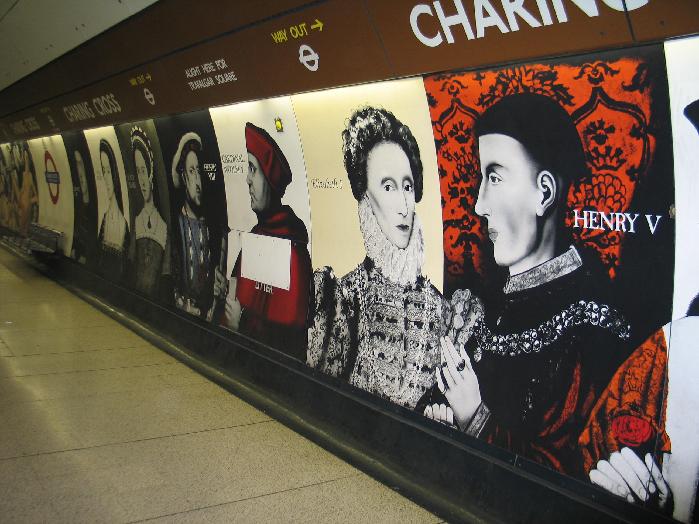
-
“Of London areas, there is no end. The vibrancy of Walthamstow, the mournful decay of Pimlico and Mornington Crescent, the confusion of Stoke Newington, the intense and energetic air of Brixton, the watery gloom of Wapping, the bracing gentility of Muswell Hill, the excitement of Canary Wharf, the eccentricity of Camden Town, the fearfulness of Stepney, the lassitude of Limehouse, can all be mentioned in the vast oration of London…Each area of London has its own unmistakable character, nurtured through time and history; together they resemble a thousand vortices within the general movement of the city. It is impossible to look at them all steadily, or envisage them as a whole, because the impression can only be one of opposition and contrast. Yet out of these oppositions and contrasts London itself emerges, as if it sprang into being out of collision and paradox. In that sense its origins are as mysterious as the beginnings of the universe itself.”
-Peter Ackroyd, London: The Biography -
Course Schedule
-
Weekly Topics in Brief
Arrival Week: London from Parliament Hill.
Week 1: Introduction: Orientation and Overview.
Week 2: London Before London: British Prehistory. Excursion to Stonehenge.
Week 3: Interpreting Cities.
Week 4: Roman and Classical London: The Materiality of Empire.
Week 5: Norman and Medieval London: Architectures of Faith, Commerce, and Power.
Week 6: The Italian Influence. Excursion to Bologna, Italy.Week 7: Restoration London: Plague, Fire, and London’s Urban “Wrenaissance”.
Week 8: Birth of the Modern Metropolis: Georgian London. Excursion to Bath, England.
Week 9: Victorian London: Science, Technology, and Civilization.
Week 10: Imperialism and “Babylondon”.
Week 11: 20th Century and Millennial Re-Imaginings of London.
Week 12: Learning From London.
Departure Week: London Symposium: Student Presentations; Closing Event.
-
British Museum (Parthenon Friezes Gallery)
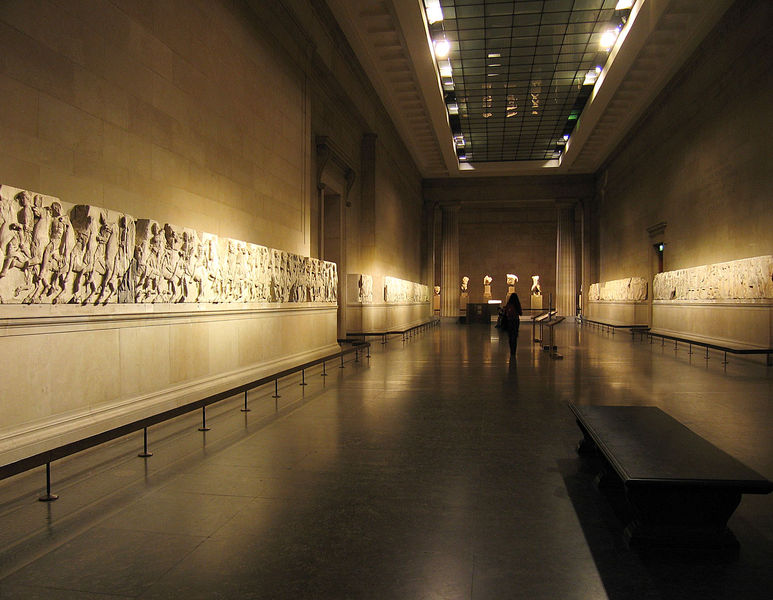
-
Out -of -Town Excursions
-
Scheduled Out-of-Town Excursions:
September 26-27: Excursion to Stonehenge and Avebury, Salisbury Cathedral. Highlight will be a 6:45am viewing of sunrise from within Stonehenge on the 27th.October 17-19: We host the Bologna study abroad students for a coach tour of central London and walking tour of Greenwich.
October 24-26: Excursion to Bologna, Italy. You will see expressions of Renaissance urban design that are quite different from those evidenced in London, despite the fascination of Renaissance-era English architects with Italian models of "the good city."
November 7-8: Excursion to Bath, England. We'll visit the Roman Baths and experience some of the finest examples of Georgian architecture to be found anywhere. -
Bologna-London Interchange Flyer
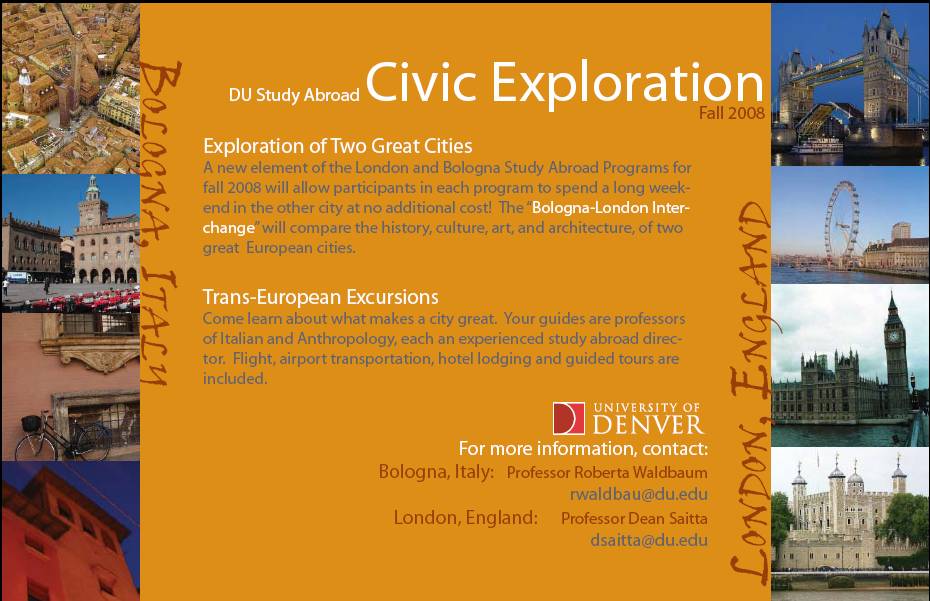
-
Stonehenge: Aerial View
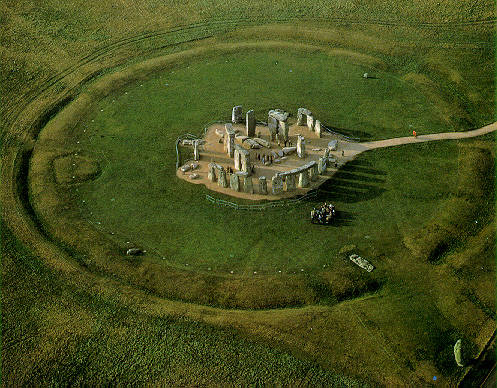
-
Avebury Stone Circle
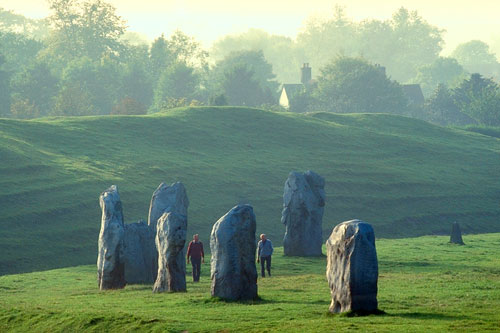
-
Salisbury Cathedral
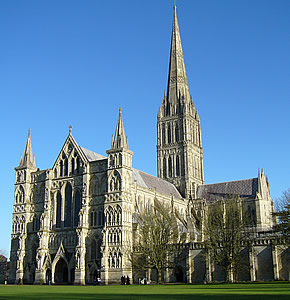
-
Bologna, Italy
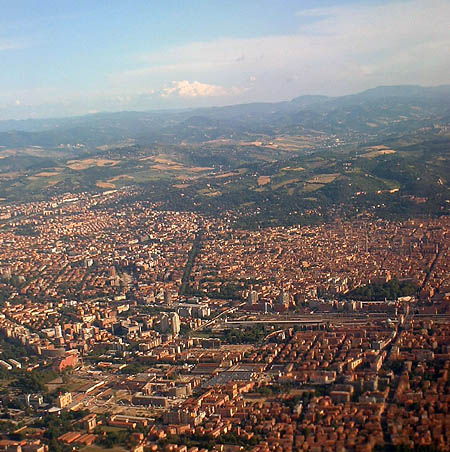
-
The Towers of Bologna
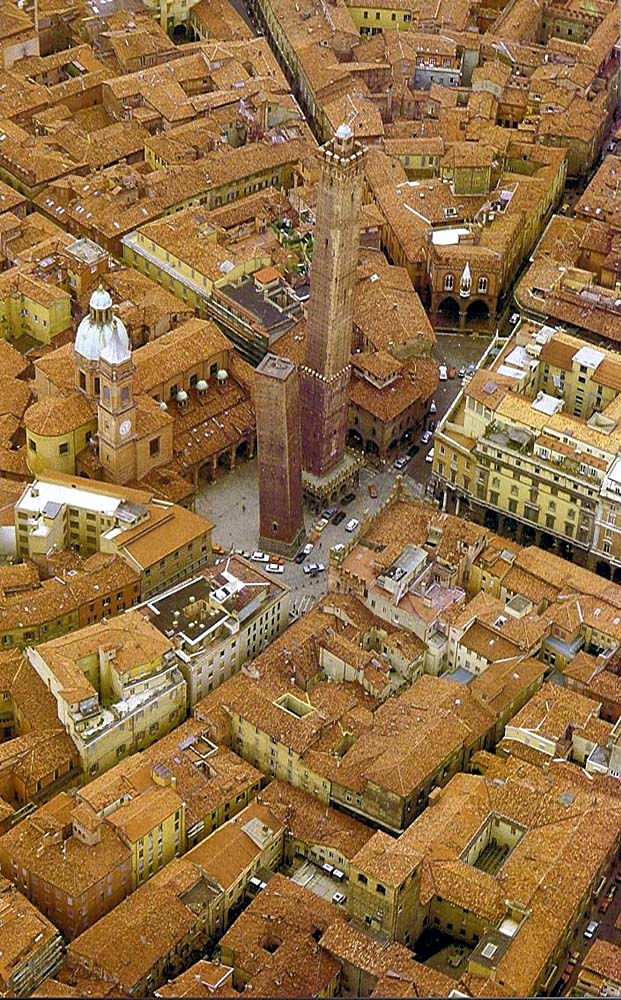
-
Bath, England
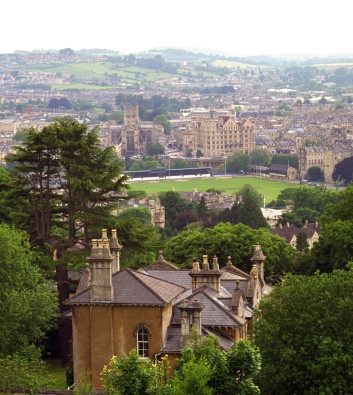
-
Downtown Bath
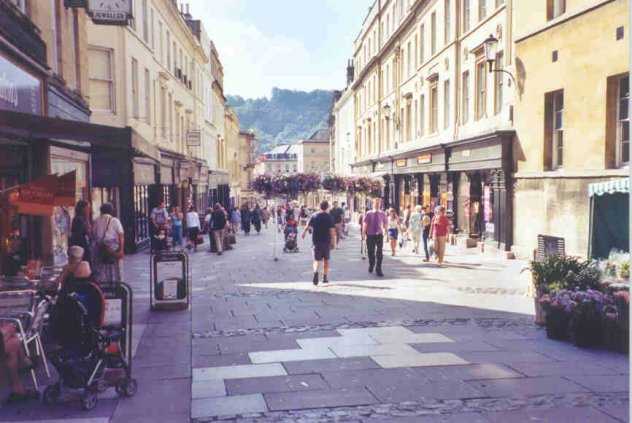
-
Bath Circus (Modeled on the Roman Coliseum)
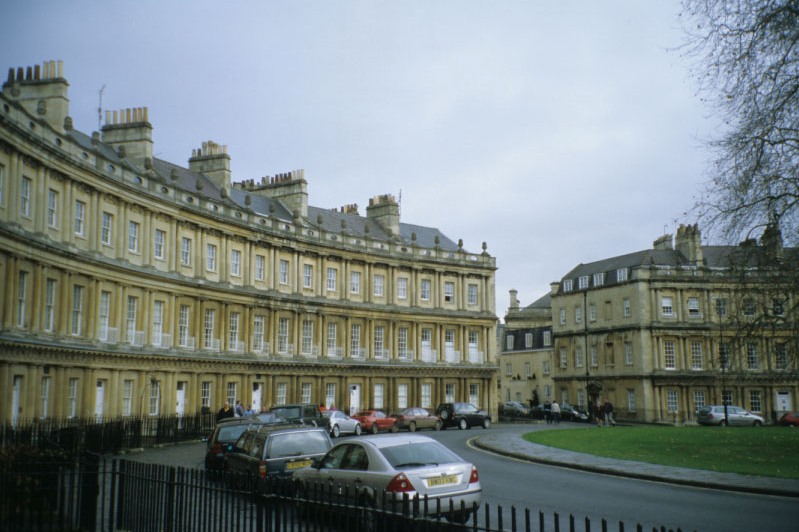
-
London Readings: Required Texts
-
Wilson, A.N. 2004 London: A History. Modern Library.
Saunders, Ann 1988 The Art and Architecture of London. Phaidon.
-
Required Text-- London: A History
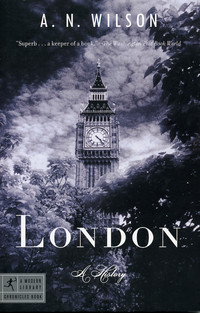
-
Supplementary Text: Saunders
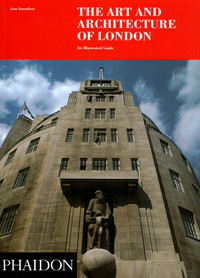
-
London Readings: Supplementary Texts
-
Ackroyd, Peter, 2000 London: The Biography. Anchor Books.
Porter, Roy, 1994 London: A Social History.
-
Supplementary Text: Ackroyd
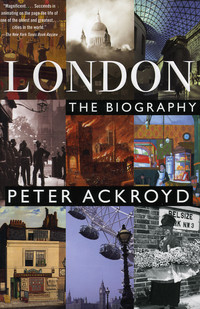
-
Supplementary Text: Porter
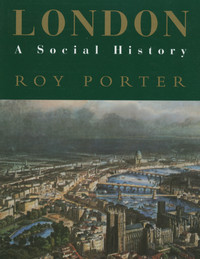
-
Recommended Texts
-
Lively, Penelope 1991 City of the Mind. Grove Press.
Raban, Jonathan 1974 Soft City. Harvill Press.
Rutherfurd, Edward 1997 London. Ballantine Books. -
Recommended Text: Lively
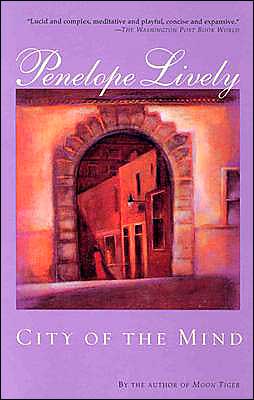
-
Recommended Text: Rutherfurd
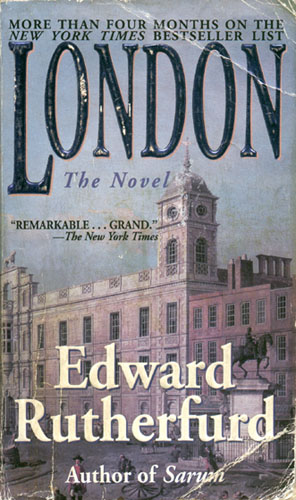
-
Recommended Text: Raban
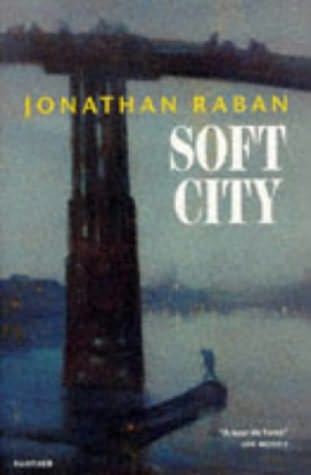
-
Photo Gallery
-
"The whole place is one babble of allusions, all chronology subsumed into the distortions and mutations of today, so that in the end what is visible and what is uttered are complementary. The jumbled brick and stone of the city's landscape is a medley of style in which centuries and decades rub shoulders in a disorder that denies the sequence of time. Language takes up the theme, an arbitrary scatter of names that juxtaposes commerce and religion, battles and conquests, kings, queens and potentates, that reaches back a thousand years or ten, providing in the end a dictionary of reference for those who will listen. Cheapside, Temple, Trafalgar, Quebec, a profligacy of Victorias and Georges and Cumberlands and Bedfords--there it all is, on a million pairs of lips everyday, on and on, the imperishable clamour of those who have been here before."
-Penelope Lively, City of the Mind -
Ancient London: Class Photo at Stonehenge, 2004
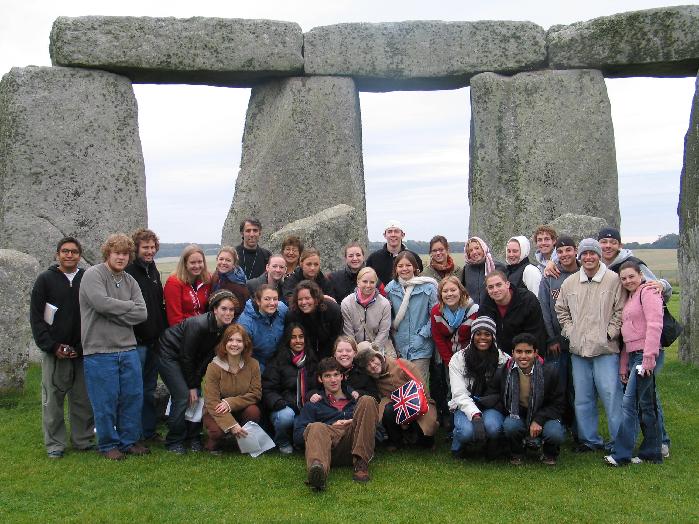
-
Ancient London: Awaiting Fall Equinox Sunrise at Stonehenge, 2004
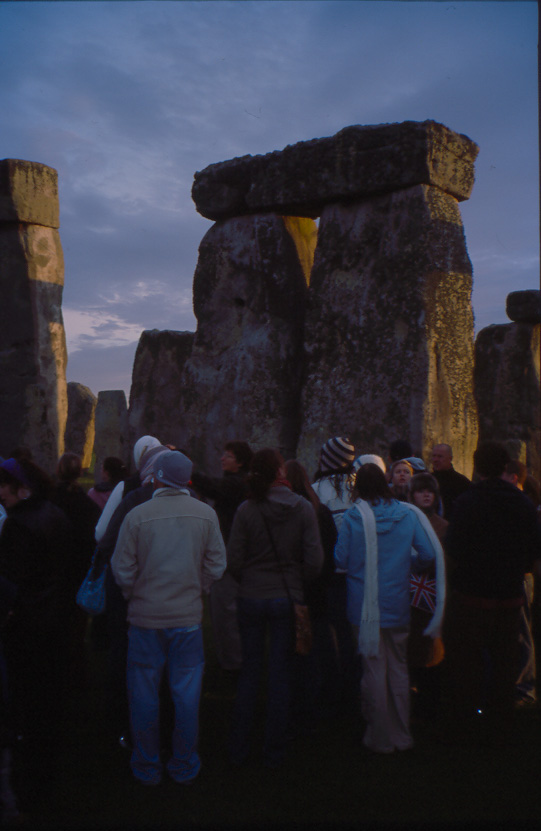
-
Ancient London: Fall Equinox Sunrise at Stonehenge, 2004
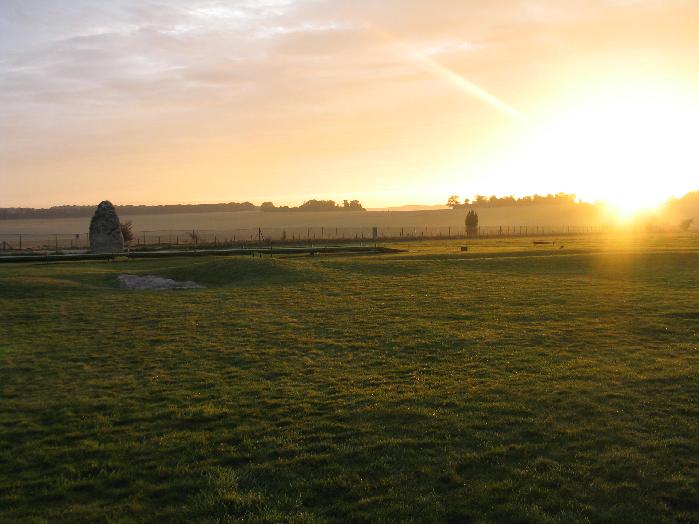
-
Roman London: The Roman Wall
-
Roman London: Temple of Mithras
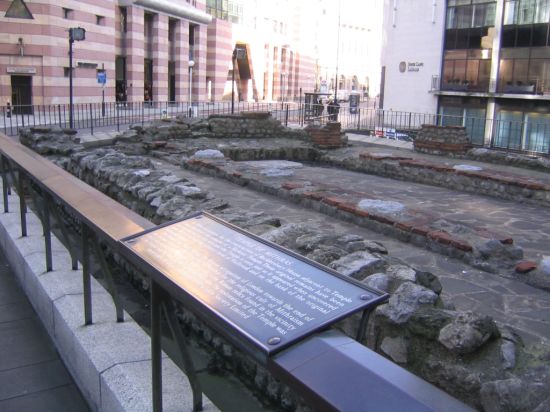
-
Norman London: The Tower of London
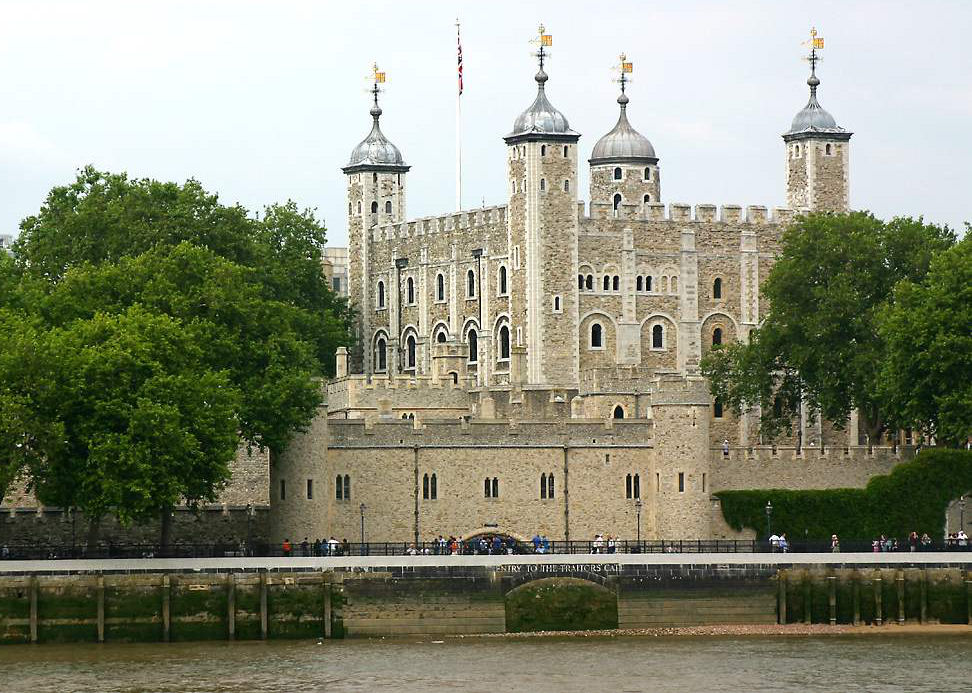
-
Elizabethan London: The George Inn
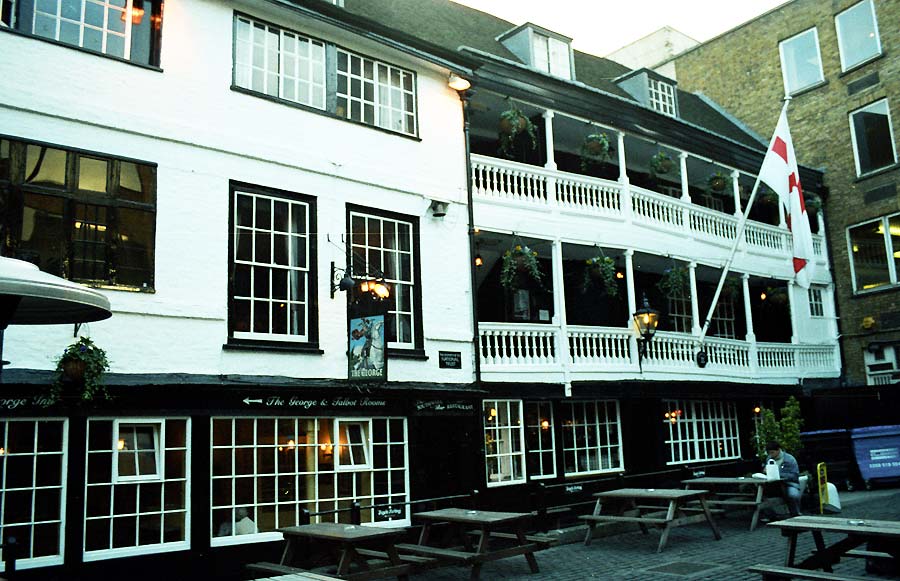
-
Georgian London: St. Martin in The Fields Church
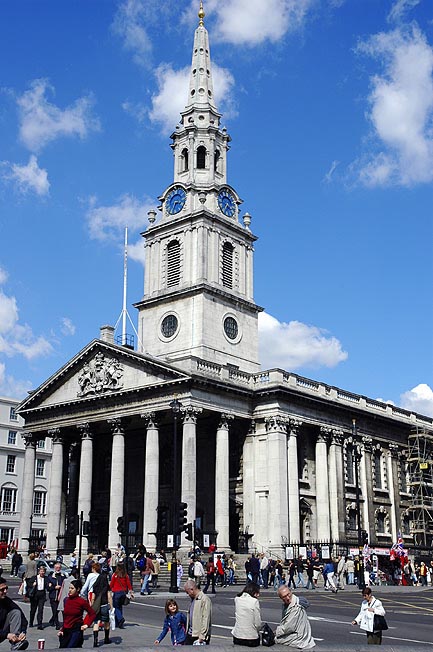
-
Georgian London: Regents Park Terrace at Sunset
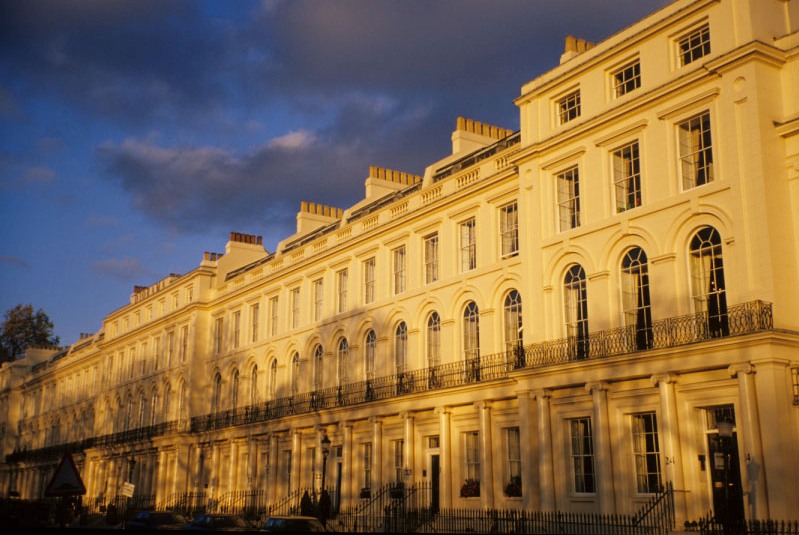
-
Georgian London: Bedford Square Garden
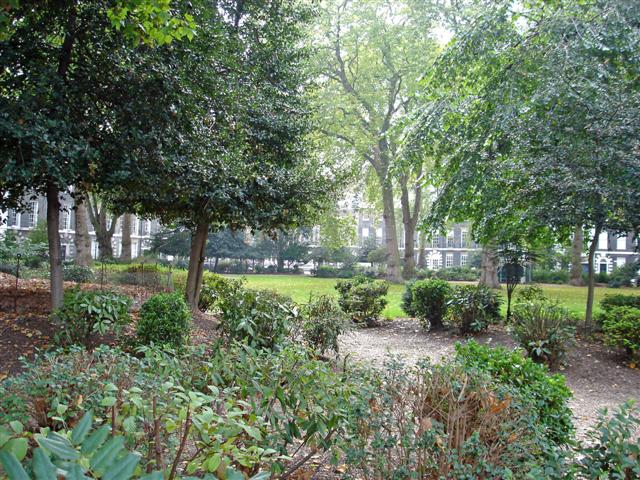
-
Victorian London:Tower Bridge
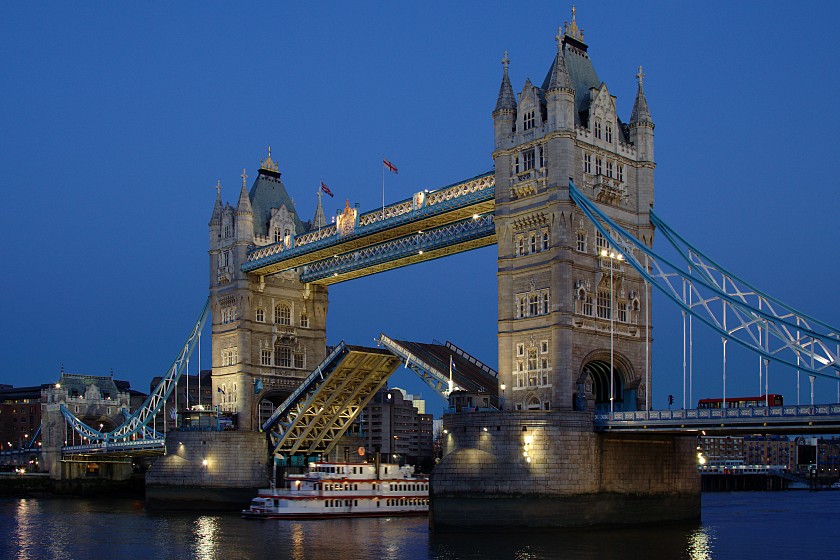
-
Babylondon: Cleopatra's Needle on the Thames Embankment
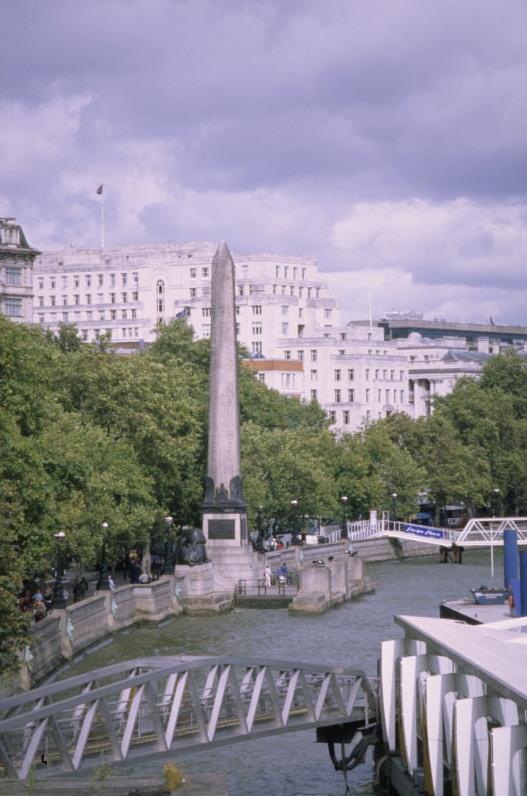
-
Victorian London: Highgate Cemetery
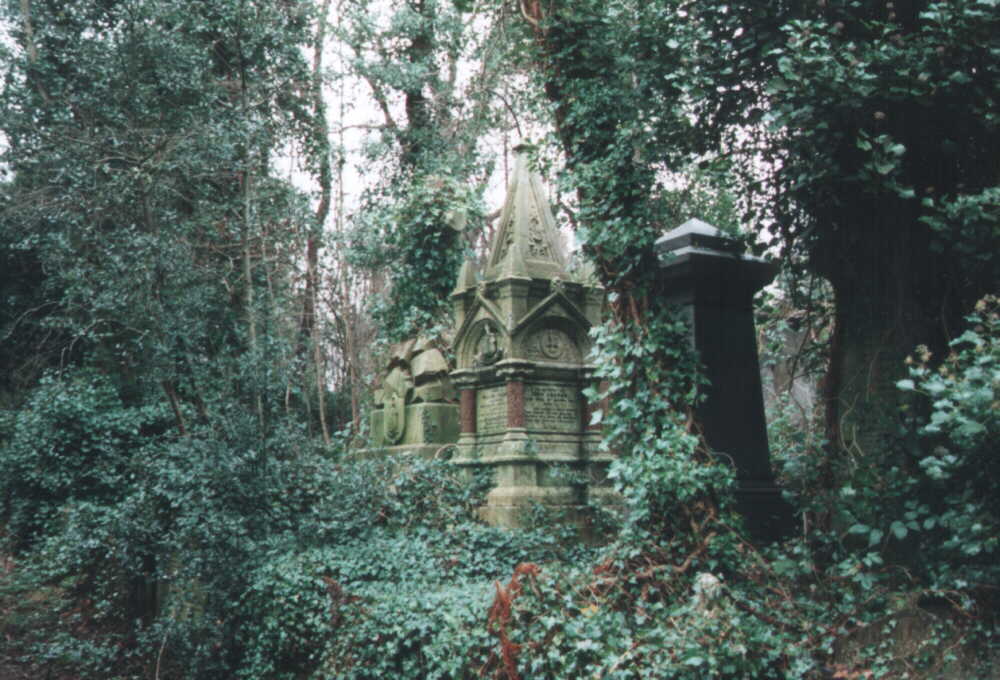
-
Modern London: Centrepoint
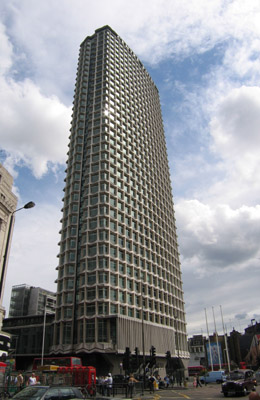
-
Postmodern London: No. 1 Poultry
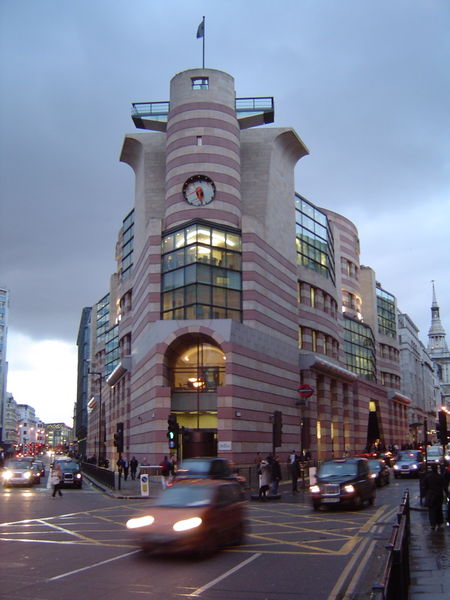
-
Millennial London: The Gherkin
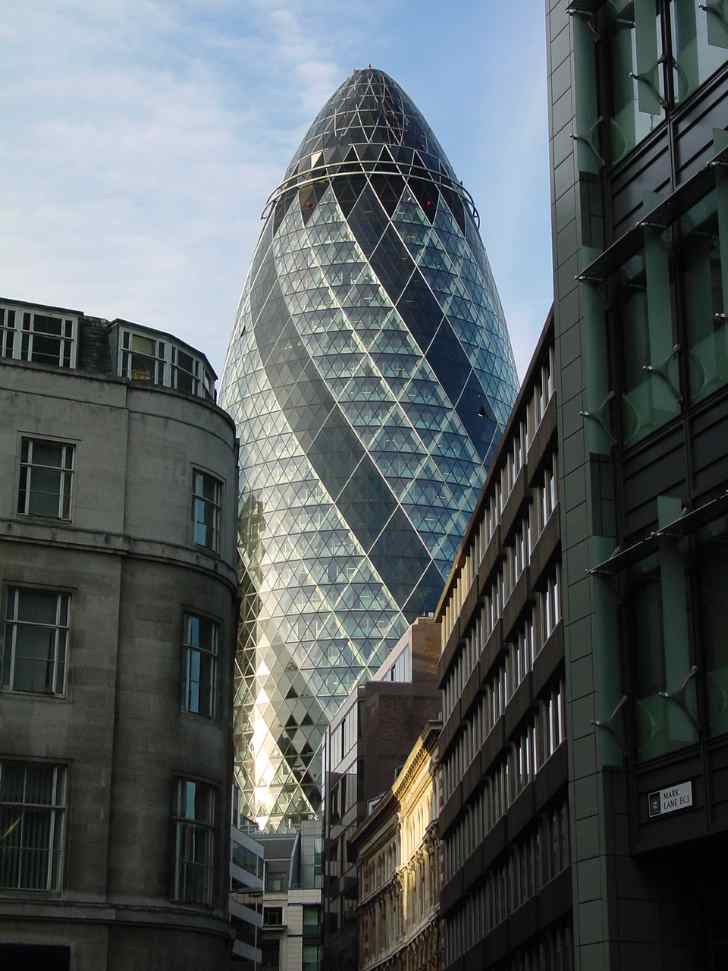
-
Millennial London: The London Eye
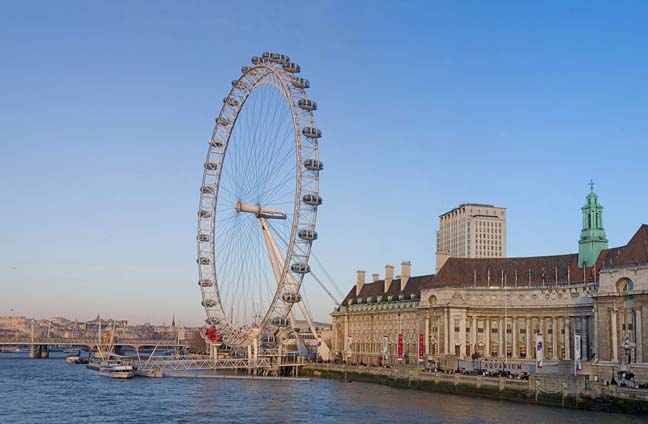
-
Millennial London: The Dome
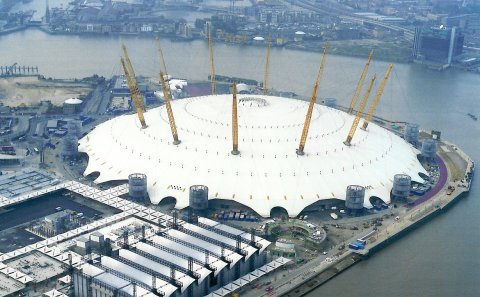
-
Among the noble cities of the world that are celebrated by Fame, the City of London…is one that spreads its fame wider, sends its wealth further, and lifts its head higher than all the others.
-William FitzStephen’s Descriptio Londoniae, 1170s
I do not at all like that city. All sorts of men crowd together there from every country under the heavens. Each race brings its own vices and its own customs to the city. No one lives in it without falling into some sort of crimes…Whatever evil or malicious thing that can be found in any part of the world, you will find in that one city.
-Richard Devizes’s Chronicle, 1190s
All our Creeks seek to one River, all our Rivers run to one Port, all our Ports join to one Town, all our Towns make but one City, and all our Cities and Suburbs to one vast, unwieldy and disorderly Babel of buildings, which the world calls London.
-Thomas Milles, official at the port of Sandwich, 1604
When a man is tired of London he is tired of life; for there is in London all that life can afford.
-Samuel Johnson, Boswell’s Life of Johnson, 1777
If you wish to have a just notion of the magnitude of this city, you must not be satisfied with seeing its great streets and squares, but must survey the innumerable lanes and courts. It is not in the showy evolutions of buildings, but in the multiplicity of human habitations which are crowded together, that the wonderful immensity of London consists.
-Samuel Johnson, ibid., 1763
-
London…takes a lot of understanding. It’s a great place. Immense. The richest town in the world, the biggest port, the greatest manufacturing town, the Imperial city—the center of civilization, the heart of the world.
-H.G. Wells, Tono-Bungay, 1909
London was always a muddle that worked. Will it remain that way?
-Roy Porter, London: A Social History, 1995
